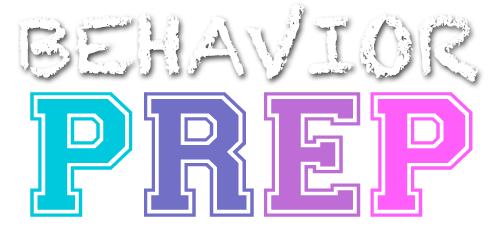H.2 Identify and recommend interventions based on assessment results, scientific evidence, client preferences, and contextual fit (eg. Expertise required for implementation, cultural variables, environmental resources
Identifying and recommending interventions involves selecting behavior-change strategies based on a combination of factors: the results of the individual’s behavioral assessment, scientific evidence supporting the intervention’s effectiveness, the client’s preferences, and the contextual fit. Contextual fit includes the practical considerations needed for successful implementation, such as the expertise of the implementers, cultural considerations, and available resources in the environment.
Example: A BCBA conducts a functional behavior assessment for a child who engages in aggressive behaviors to escape difficult academic tasks. The assessment shows that teaching the child to request breaks (functional communication training) may reduce aggression. The BCBA identifies this as the recommended intervention because it is supported by scientific evidence and fits the assessment results. The BCBA also considers the child’s preference for taking breaks instead of doing tasks when frustrated, making the intervention more acceptable to the child. Additionally, the BCBA ensures the intervention fits the context—the teacher is trained to implement it, and the classroom environment allows quick breaks without disrupting learning. The intervention is selected because it meets all the criteria for success: it is based on the assessment, supported by evidence, aligned with client preferences, and practical for the environment.
